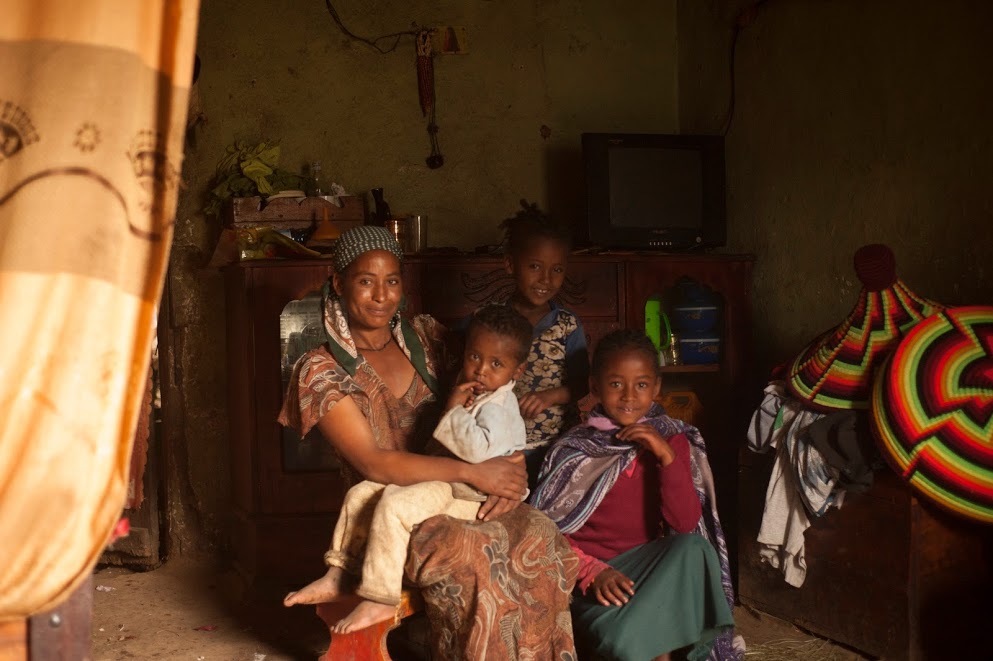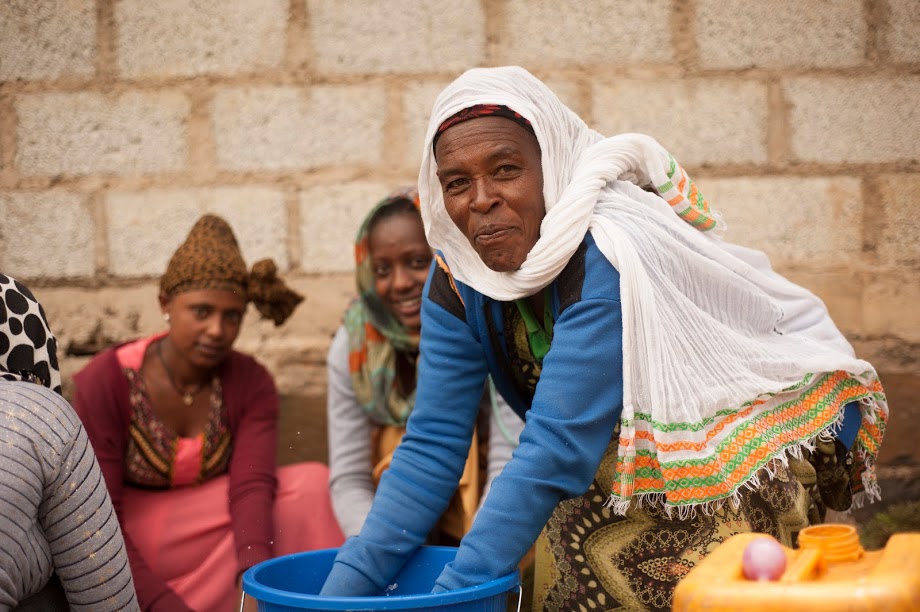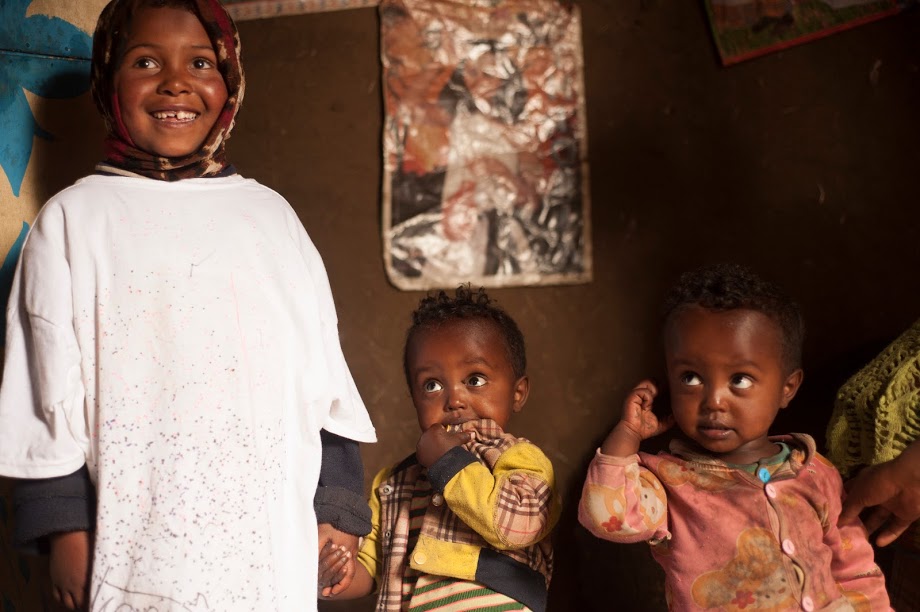Last year, our team had the opportunity to travel back to our CarePoint and visit our friends and the 92 children we sponsor at Abenezer CarePoint in Ethiopia. The last two years of our visit, I have had the amazing opportunity to be able to capture the stories of the families we minister to, as well as the children we sponsor at Abenezer, through photography.
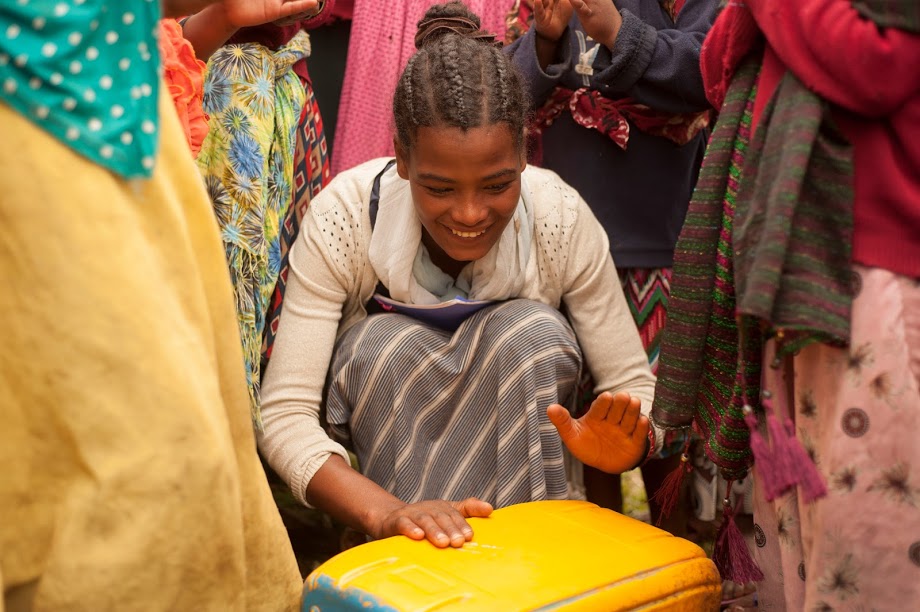
I have been a professional photographer for the last six years, capturing weddings and having the privilege to tell couples’ stories with my camera. Photography has been something that I have loved for nearly a decade. I also have a heart for missions and development work and for making friends around the world. Combining these two passions (humanitarian work and photography) is something that makes my heart happy, so I was honored that Dana (HopeChest Content Manager) would ask me to share three tips on how to capture photos at a CarePoint visit with hope and dignity.
1 Be Invisible.
Yeah, right! This is practically an impossible suggestion. I know at our CarePoint, as soon as I whip out my huge camera, I’m swarmed with children who want their picture taken. While I understand the desire to want to photograph everything, it is more important not to let your camera be a distraction and take away from the ministry you are trying to accomplish with the children and families you are serving. (Plus, it allows you to put the camera down and be present!) My goal when visiting our CarePoint is to tell the story of the children and the work being done at Abenezer in hopes that others would be inspired to go or give. While the children at the CarePoint are busy participating in the activities our team has orchestrated, it is easier to quietly and discreetly capture those moments without being a distraction or being swarmed.
2 Be Respectful, Ask Permission.
I love home visits. It’s such a special time to get to know the families of the children we sponsor, to hear their stories, to pray with them and to love them. When I’ve visited Ethiopia in the past, I have always wondered, “How would I feel having someone come to my home and visit that I didn’t really know and then having them take out their camera and photograph me and my kids?” It is important to remember that the homes you are visiting belong to people with thoughts, feelings, passions and heartbreaks. It is important to honor and respect them by asking permission before taking photos of them in their home. Our experience has always been that the families we visit love having the company and having their photos taken, especially with their sponsor; but we still want to respect the fact that we are guests in their home and not simply tourists.
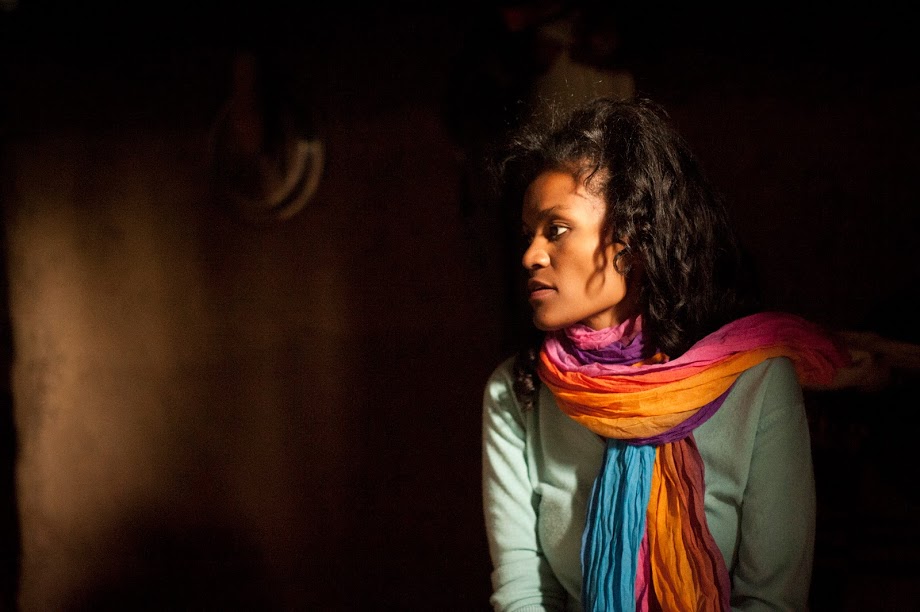
3 Designate One Photographer.
During each trip we have taken to our CarePoint, we have designated one person to be the photographer. While I understand this can be difficult for the other team members who are not bringing their cameras or phones, we have always felt it is what is best for the children we are serving because there is not a paparazzi of Americans following kids around all day taking their photos. If one person can be there to capture the trip, then more people can be present in ministering to the kids. Then there is not any distraction with cell phones constantly out for selfies or with kids wanting their photos taken. In the long run, this helps the team remember why they are there… to serve and be present with children, not just to take photos.
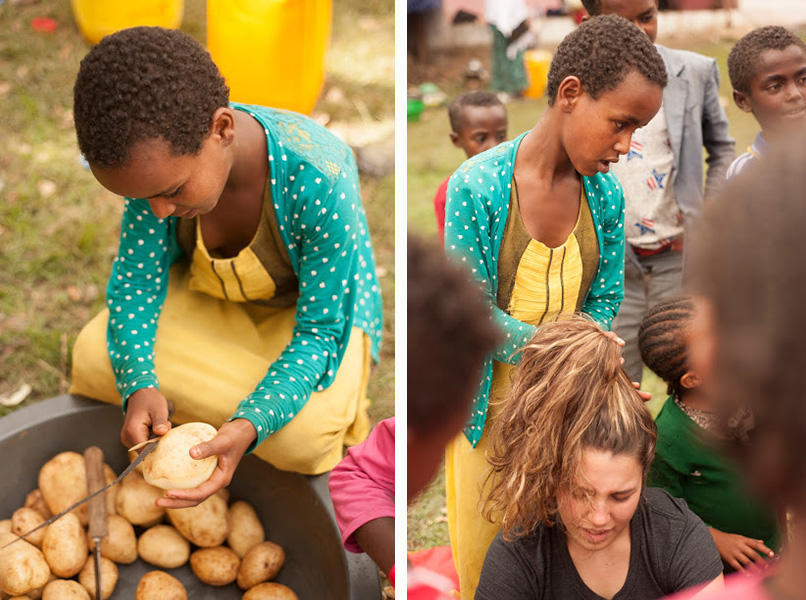
My goal on these trips is to always focus on the story I am telling about our trip. What happened while I was there? Who is someone that ministered to me? What are some of the long-term goals we have for our CarePoint? And how can I relate these stories through photography to those I will be sharing with when I return, without my photos coming across as “being a hero?” While I do photograph our team throughout the week, my goal, specifically for our most recent trip, was to focus on the children and tell their story. Our team is secondary. My hope for you, as you may be preparing to visit your CarePoint for the first or tenth time, is that you remember that you are secondary and that these tips will help you keep that in mind as you capture the story of your CarePoint!

